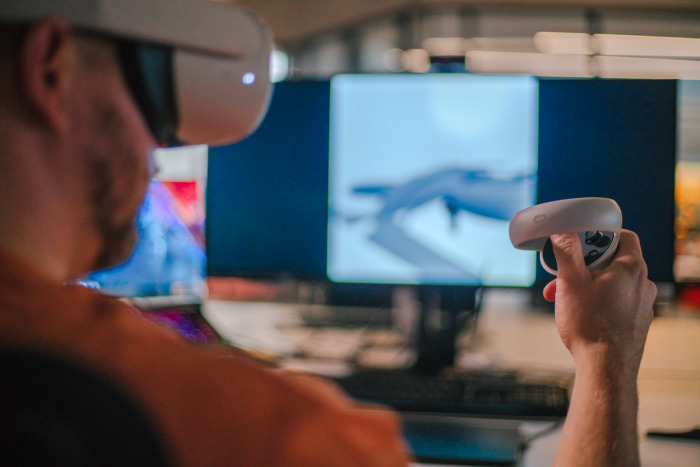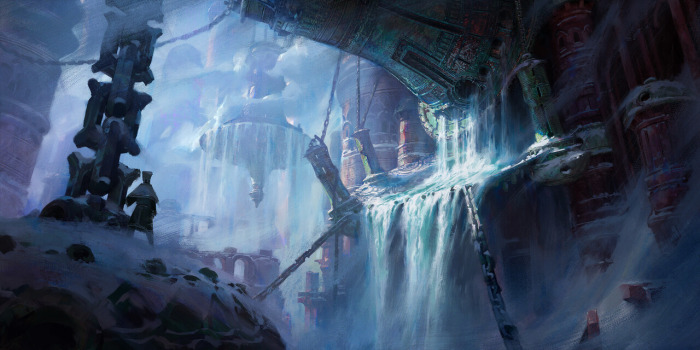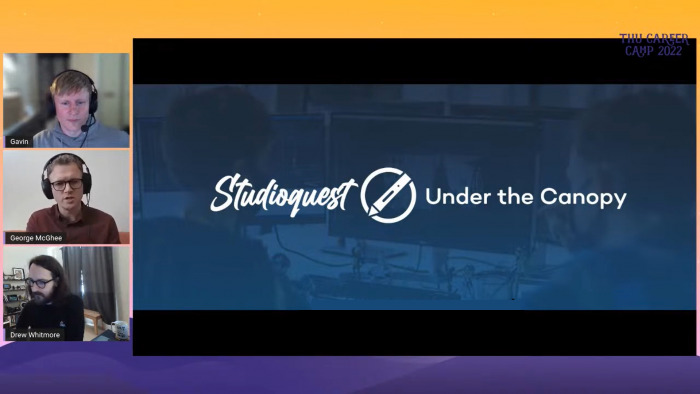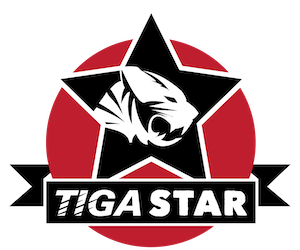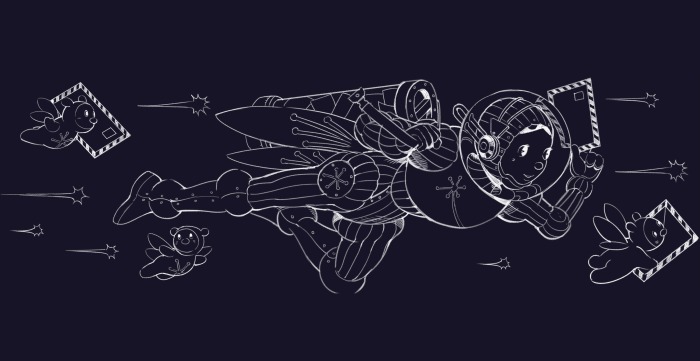Stepping up to become a Senior Artist is significant. You’re thrust into teamwork, communicating with producers, digesting client feedback and witnessing the creation of games from the inside.
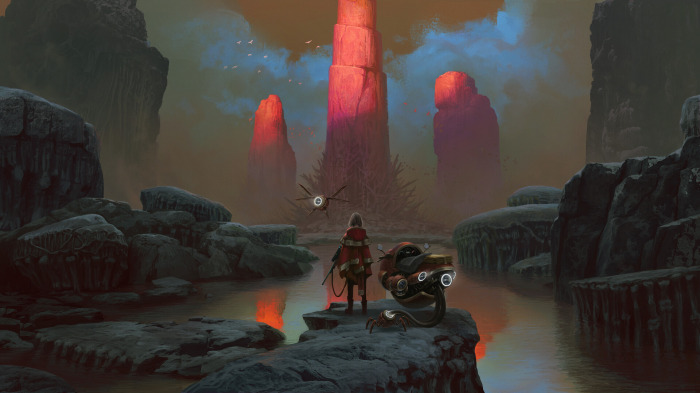
An Artist’s Journey – Part 2, Moving up (from junior to senior)
Some parts of the job may surprise you and, if you’re from a freelance, tertiary education or self-taught background, you may not have a grounding in the realities of working in a professional studio.
In the niche field of concept art, Atomhawk is unusual in that so many people of the same discipline operate under one roof, each with their own unique life experiences and skills. There’s always the opportunity to grow, both through the projects you’re assigned, and by sharing creative influence and practical skills.
Developing talent is a core value at Atomhawk. Our Artist Matrix provides a clear roadmap of how our artists can progress their careers. Twice yearly appraisals open up opportunities for leads and directors to discuss individual goals and create clear plans of how to achieve them. Quentin Castel is a Senior Artist who joined Atomhawk in 2017 as a junior. He says:
“I graduated from an art school in France. After that, I spent a year doing freelance gigs. While searching for an in-house job, the opportunity at Atomhawk UK came up. I was happy to move abroad as I knew it would be a very good personal experience.”
The Artist Matrix is a growing and iterative development system which adapts to the people in our team and their needs. Currently, it is split into four key areas: Expertise & Experience, Problem Solving, Influence & Impact, and Communication. An intermediate artist is required to have more initiative than a junior, an intimate understanding of the workflow and to be able to communicate their decision-making process effectively.
Having established himself in a more junior position within Atomhawk, Quentin was asked to step up on a project as a deputy, someone who can assist the project leads to ensure the team continues to function well if a colleague is away or challenges arise. He had previously worked on this particular project for several months and taking on the additional responsibility helped him gain team management experience, something Senior Artists must have.
Senior Artists are highly reliable team members who have at least one area of expertise, and who can deliver feedback on projects when required. Additionally, they are able to navigate project documentation, represent the project to the client and identify areas of innovation and training within their teams. At this stage, Seniors can progress down a specialist art route, or they will take on more leadership duties within their team, which in turn helps them to develop the skills and experience required to move into the managerial roles of Principal, Lead and Director.
Quentin believes that even as you move up into the Senior level, it’s a good idea to continue to invest in your core art skills:
“It’s about always getting better at the fundamentals,” he says, “And to become faster too. I had to learn how to find interest in any part of the job. I think the key is to be positive about each part of the projects you work on. I really struggled with that, for a long time.”
His advice to Juniors coming through the ranks now is clear: “I would practice character drawing way more than what I was doing back then!”

